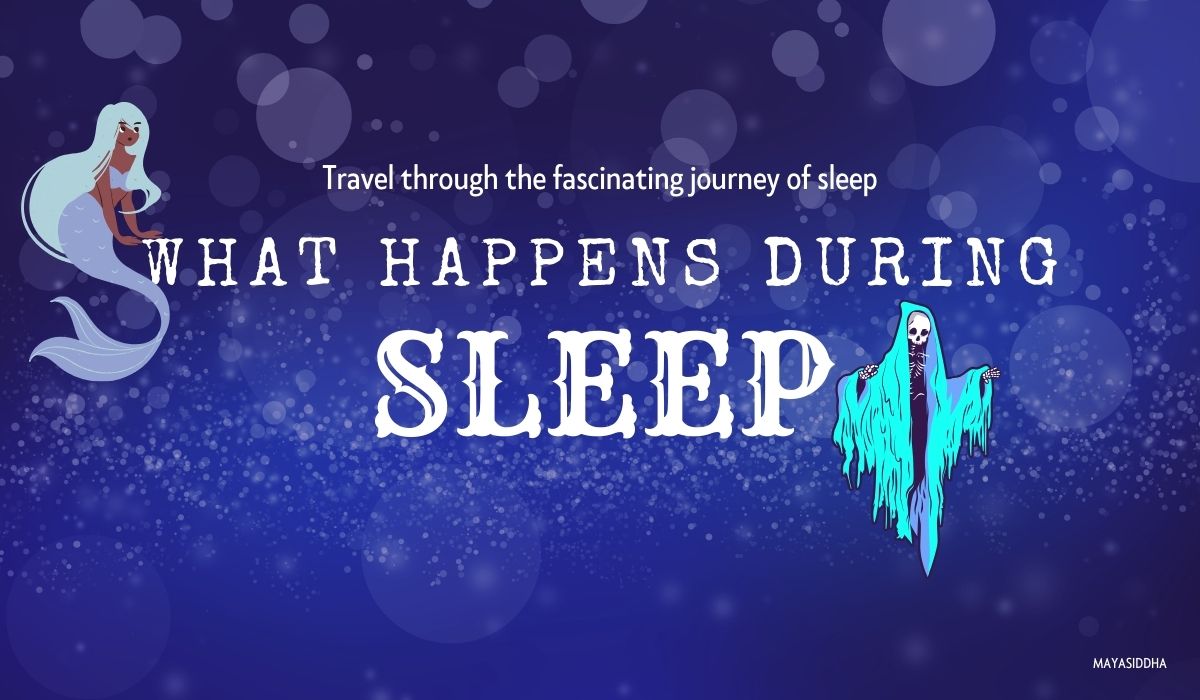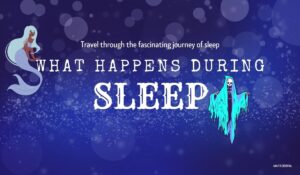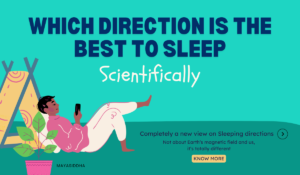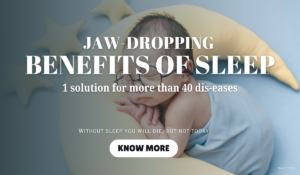Introduction
Have you ever wondered what helps you sleep at night? Or have you thought about why we feel an urge to sleep after a long period of being awake? If you have thought of these questions, then yes, you have come to the right spot. Let’s See Why Do We Sleep ?
In this blog, we will see what makes us sleep and how, with relatable examples and in the end, you will get some tips.
These two culprits make us sleep and they gonna be in the spotlight here –
1. The Circadian rhythm
2. Sleep pressure
Before getting into this, spend some time and read the basics for better understanding. Now let’s see how sleep works: The mechanisms behind a good night’s rest.
Circadian rhythm
Circadian = approximately a day
Rhythm = change that repeats regularly in the same pattern
24-hour cycle: Circadian rhythm is the natural physiological and psychological change that occurs in our body which repeats in the same pattern every 24 hours. This naturally evolved rhythm tick-ticks the time to sleep, wake up, eat, release hormones etc.
This is why we tend to wake up, feel sleepy and get hungry around the same time each day. While this rhythm follows its regular default pattern, it also responds to external signals such as light, darkness, temperature, food, stress etc each day.
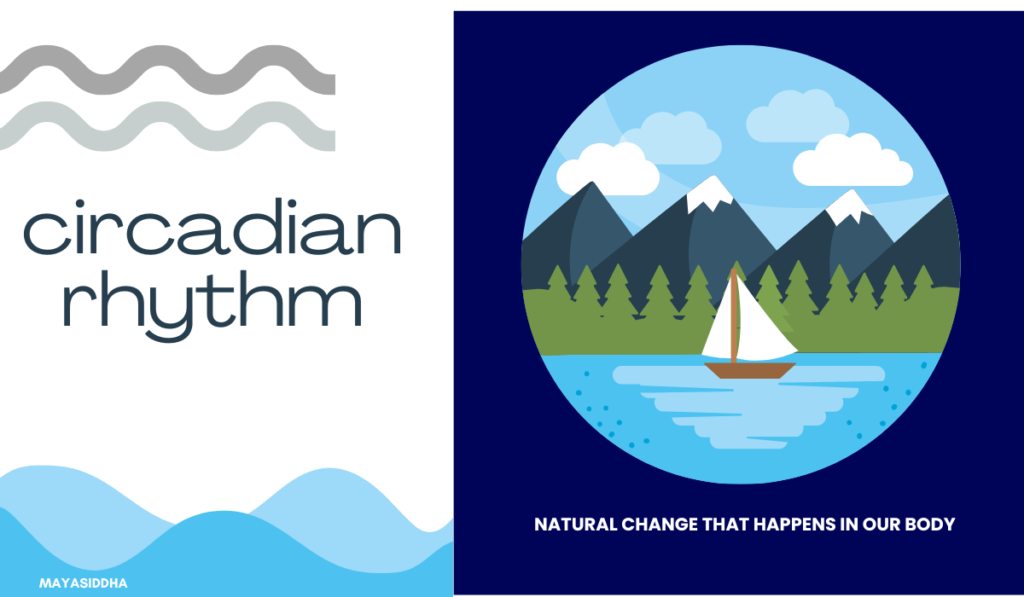
Circadian rhythm and Sleep: How your body regulates rest
This naturally evolved circadian rhythm processes the sleep-wake cycle in our body in response to environmental changes. Let’s see how this natural change makes us sleep.
Messenger: A few hours after sunset, the pineal gland in our brain produces a chemical messenger called Melatonin. This messenger signals our body that it’s time to start the sleep cycle, like an alarm that rings in a company which indicates the shift is over.
| Melatonin is only an initiator of the sleep cycle. This means taking melatonin pills or having melatonin-rich foods, only prepares our body to sleep, like making the bed. |
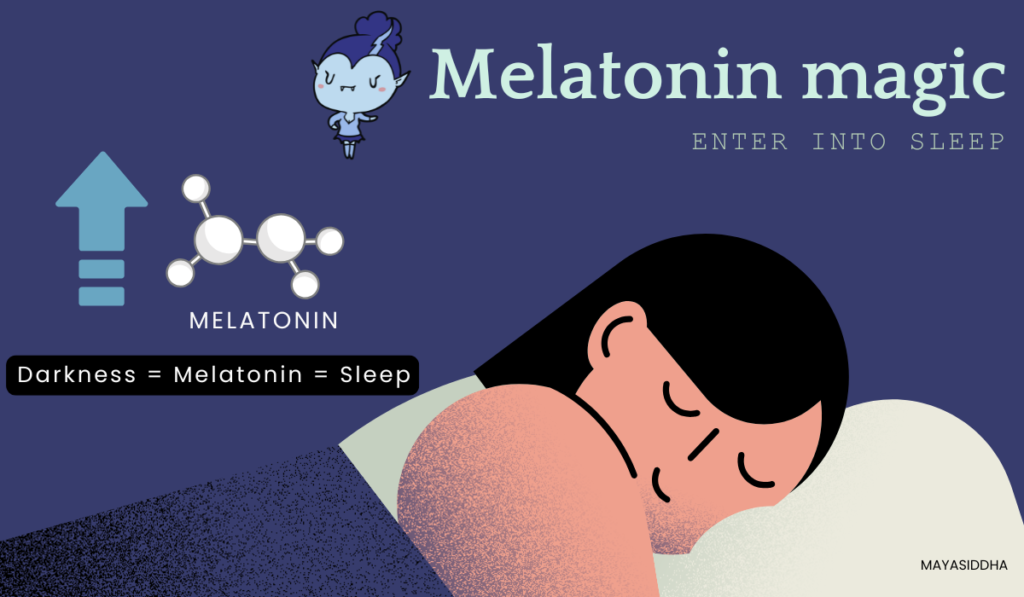
The vampire: Melatonin is also called the hormone of darkness, which means this hormone will be produced only in darkness.
Melatonin and the modern world: Unfortunately, even after sunset, our world is filled with bright lights, and exposure to them makes our body think it is daytime. This delays the onset of melatonin secretion which shifts our sleep time.
It means we are out of sync with the natural environmental changes. This misalignment is one of the reasons why we deal with sleep disorders and other health issues.
| Research shows that other than sunlight, blue light also influences the circadian rhythm, because of Melanopsin, a blue light-sensitive protein present in our eyes. So, using mobile phones, laptops and computers before sleep, delays the onset of melatonin production. |
Thus, our circadian rhythm makes us sleep in response to the signal of darkness.
Does Moonlight influence circadian rhythm?
Moonlight does not affect the circadian rhythm as it is not as effective as sunlight or blue light. This is because the lux level of moonlight is far lower than sunlight, which is insufficient to influence our circadian rhythm.
Sleep pressure
Adenosine: Our body converts the food we eat into ATP (Adenosine triphosphate), an energy warehouse. ATP is further broken down to release energy, eventually leading to the release of adenosine. This adenosine is either reused or eliminated as waste from the body.
Adenosine pressure: The longer we are awake, our body uses more energy and produces more adenosine. That means the adenosine level will exceed the normal range, which puts our body under pressure. This pressure caused by the adenosine is called Adenosine pressure or Sleep pressure.
Sleep pressure and Sleep: The biological necessity of rest
As our body is under adenosine pressure, to relieve the pressure it has to bring the adenosine level back to normal, which is not easy until we are awake.
So, it has to stop us from being awake and it also needs a break to bring the excess adenosine back to the normal level. Therefore, it makes us sleep.
Why?
Because in simple words, sleep is the opposite of awake. Finally, our body will also get a break period to deal with the excess adenosine.
But how does adenosine make us sleep?
Homeostatic sleep drive: Excess adenosine binds to the adenosine receptors in our brain and reduces the brain’s activity which makes us feel relaxed and fall asleep.
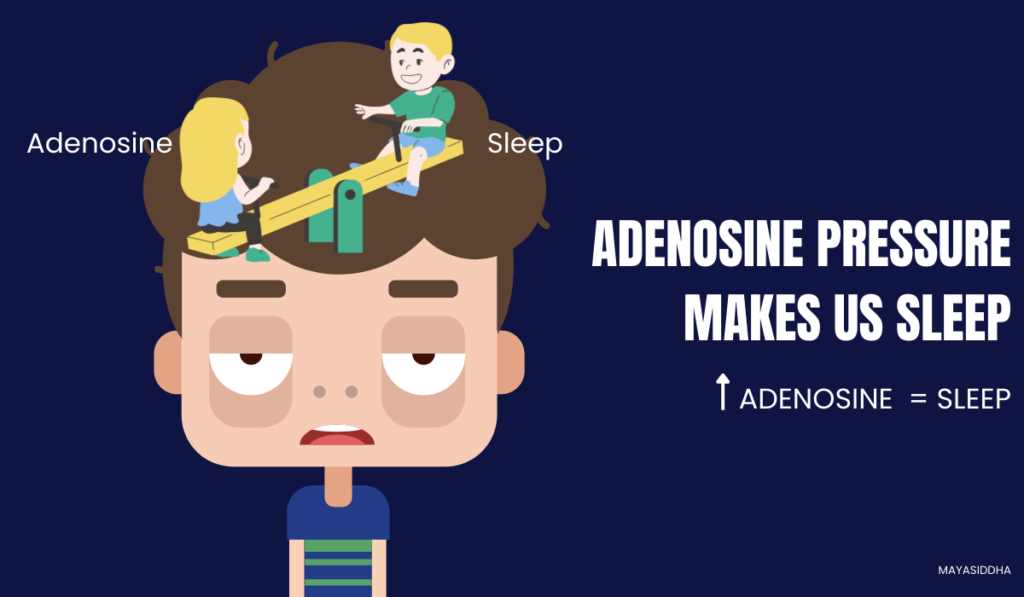
That’s why we feel the urge to sleep after being awake for a long period. The adenosine that is not reused is converted into uric acid and during sleep, it is sent to our kidneys, where it is excreted via urine.
Thus, excess adenosine makes us sleep by hypnotizing our brain and while we sleep our body handles the excess by reusing some and eliminating the rest, bringing adenosine back to the normal range.
| Excessive adenosine = Excess uric acid. Excess uric acid deposits in joints which causes joint pains, gout and also forms kidney stones. Getting enough sleep and maintaining a healthy diet keeps adenosine and uric acid levels in a normal range. |
Do circadian rhythm and sleep pressure work together?
Circadian rhythm and sleep pressure are two different factors. They work separately but support each other. No matter how high the sleep pressure, the circadian rhythm continues as usual.
That’s why you won’t be satisfied with daytime sleep because that is not the time to sleep as per the circadian rhythm.
As adenosine pressure comes back to normal range during sleep, we are supposed to wake, don’t we? During sleep, adenosine pressure reduces but melatonin keeps production until circadian rhythm gets the signal from sunlight and that’s why we sleep throughout the night and wake up during the day.
| Sunlight is the key factor that resets the circadian rhythm. Don’t forget that we are solar-dependent animals. |
Summary
The circadian rhythm in response to darkness prepares our body to sleep and sleep pressure takes control of our brain and makes us sleep. In other words, circadian rhythm starts the sleep cycle while sleep pressure puts us to sleep. Follow a healthy circadian rhythm and a healthy lifestyle to get good sleep and to live healthy.
| Don’t skip sleep. The damage you made to your body on weekdays by skipping or not getting enough sleep, won’t be repaired if you sleep on the weekend for extra hours. |
Tips
- Maintain a healthy circadian rhythm.
- Sleep only when you feel sleep-pressured.
- Keep your room dark. It helps to produce enough melatonin to start your sleep cycle.
- If you can’t keep your room dark, wear a sleep mask.
- Use dim orange/yellow lights after sunset.
- Avoid using mobiles and laptops or exposing yourself to bright lights after sunset for at least 2 – 4 hours before sleep.
- Don’t be exposed to bright light when you wake in the middle of sleep.
- Be physically active to produce enough adenosine, which will help you to sleep.
Reference
1. Walker, M., & West, S. (2017). Why we sleep: Unlocking the power of sleep and dreams. Unabridged. New York, Simon & Schuster Audio.
2. Shook, S. (2022). The science of sleep. Kapi’olani community college.
3. Zisapel, N. (2018). New perspectives on the role of melatonin in human sleep, circadian rhythms and their regulation. British Journal of Pharmacology, 175(16), 3190-3199. https://doi.org/10.1111/bph.14116.
4. Blume, C., Garbazza, C., & Spitschan, M. (2019). Effects of light on human circadian rhythms, sleep and mood. Somnologie, 23(3), 147-156. https://doi.org/10.1007/s11818-019-00215-x.
5. Chaix, A., Zarrinpar, A., & Panda, S. (2016). The circadian coordination of cell biology. The Journal of Cell Biology, 215(1), 15-25. https://doi.org/10.1083/jcb.201603076.
6. M. Potter, G. D., Skene, D. J., Arendt, J., Cade, J. E., Grant, P. J., & Hardie, L. J. (2016). Circadian Rhythm and Sleep Disruption: Causes, Metabolic Consequences, and Countermeasures. Endocrine Reviews, 37(6), 584-608. https://doi.org/10.1210/er.2016-1083.
7. Rafique, N., Al-Asoom, L. I., Alsunni, A. A., Saudagar, F. N., Almulhim, L., & Alkaltham, G. (2020). Effects of Mobile Use on Subjective Sleep Quality. Nature and Science of Sleep, 12, 357-364. https://doi.org/10.2147/NSS.S253375.
8. Alshobaili, Fahdah A.1,; AlYousefi, Nada A.1. The effect of smartphone usage at bedtime on sleep quality among Saudi non- medical staff at King Saud University Medical City. Journal of Family Medicine and Primary Care 8(6):p 1953-1957, June 2019. | DOI: 10.4103/jfmpc.jfmpc_269_19.
9. Boison, D. (2007). Adenosine Kinase. XPharm: The Comprehensive Pharmacology Reference, 1-8. https://doi.org/10.1016/B978-008055232-3.60527-6.
10. Coddington, A. (1974). Inosine. Methods of Enzymatic Analysis (Second English Edition), 1932-1934. https://doi.org/10.1016/B978-0-12-091304-6.50053-7.
11. Srinivasan, S., Torres, A. G., & Ribas de Pouplana, L. (2021). Inosine in Biology and Disease. Genes, 12(4), 600. https://doi.org/10.3390/genes12040600.
12. Eltzschig, H. K. (2013). Extracellular Adenosine Signaling in Molecular Medicine. Journal of Molecular Medicine (Berlin, Germany), 91(2), 141- 146. https://doi.org/10.1007/s00109-013-0999-z.
13. Bjorness, T. E., & Greene, R. W. (2009). Adenosine and Sleep. Current Neuropharmacology, 7(3), 238-245. https://doi.org/10.2174/157015909789152182.
14. Reddy S, Reddy V, Sharma S. Physiology, Circadian Rhythm. [Updated 2023 May 1]. In: StatPearls [Internet]. Treasure Island (FL): StatPearls Publishing; 2024 Jan-. Available from: https://www.ncbi.nlm.nih.gov/books/NBK519507/.
2 comments on this post so far:
Add your Thoughts:
Loading comments...

